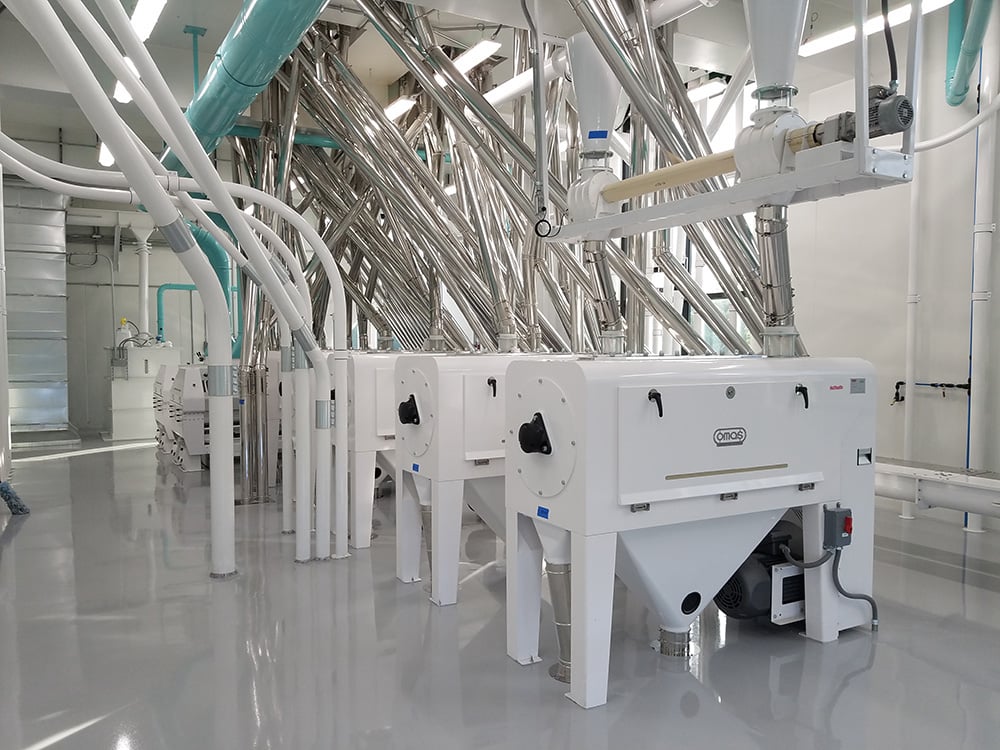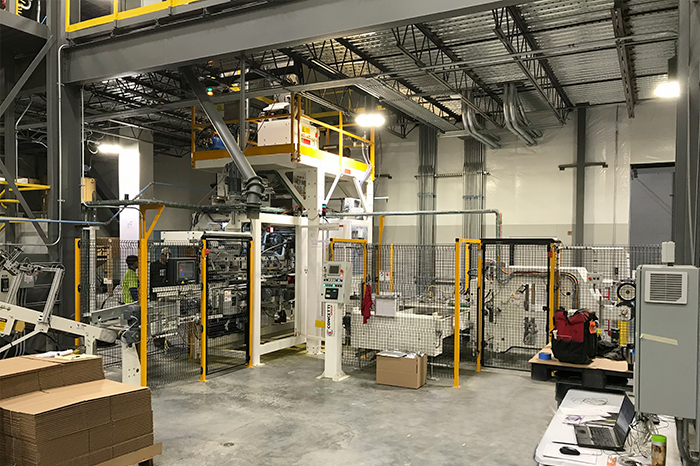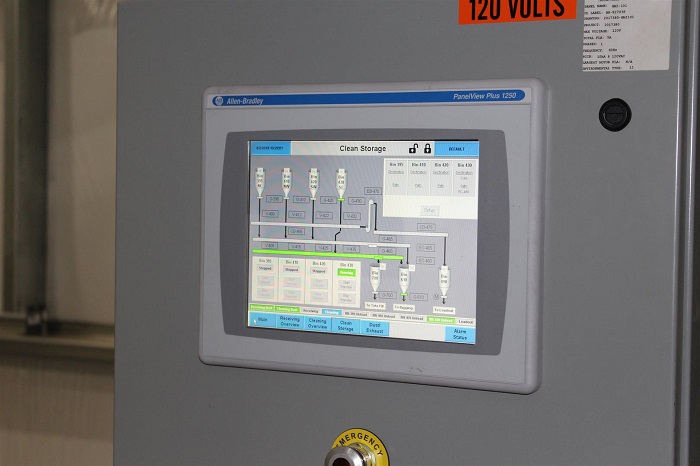
Across all industries, AI and automation systems have shown significant growth in processing, manufacturing, and other items.
If you're a processing plant manager or operator, staying up-to-date on the latest automation technologies is crucial. Implementing an automated system can improve your processing efficiency and output. But before you make any decisions, it's important to weigh the pros and cons of different types of automation systems.
In this blog post, we'll discuss some best practices for implementing plant automation systems. Stay tuned!
Automation Systems Integration and Its Benefits
There are many different types of automation systems available on the market. So, how do you know which one is right for your business? To help you make the best decision, we've listed some pros and cons of popular automation technologies.
- Increased productivity and efficiency
- Improved quality
- Reduced labor costs
- Increased flexibility and versatility
- Less waste and scrap
- Reduced set-up time for new products
- Useful for a variety of materials
As with everything, there are cons to the process as well. While some might seem detrimental, you can negate some of these drawbacks with proper planning and the right system.
Some items to keep in mind are:
- The high initial investment
- Inflexibility once the system is in place
- Risk of downtime
- Need for skilled operators
- Potential safety hazards
Assess Your Current Manufacturing Processes
You can't improve what you don't measure. To determine where your plant needs the most improvement, you'll need to assess your current manufacturing processes. This will help you identify which plant areas are causing the most bottlenecks.
Once you've identified these areas, you can start exploring different automation systems that can help improve efficiency. There are many different types of automation systems on the market, so it's important to do your research before making any decisions.
Some common types of automation systems include:
- Assembly line robots
- Picking and packing robots
- Inventory management systems
- Quality control systems
Each type of automation system has its own set of benefits and drawbacks. Therefore, you'll need to consider your options before making a decision carefully.
Evaluate Different Plant Automation Systems
There are many different types of automation systems on the market, so it's important to do your research before deciding.
Some factors you'll need to take into account when evaluating plant automation systems include:
- The complexity of the system
- The ease of use
- The scalability of the system
- The cost of the system
After evaluating different plant automation systems, you'll need to decide on integrating automation.
Integrating Automation System
After selecting the best plant automation system for your needs, it's time to implement the system. This can be a complex and challenging process, so it's important to work with a reputable vendor who can help you.
Once the new system is in place, you'll need to train your employees on how to use it. This can be a challenge, but it's important to ensure your employees are properly trained on the new system before they start using it.
Monitor and Adjust the Automation System
After implementing the new automation system, it's important to monitor the system and make adjustments. This will help you ensure that the system runs as efficiently as possible. It's also important to keep an eye on your employees and ensure they are properly trained on the new system. This will help you avoid any potential problems if they are not properly trained.
As you can see, there's a lot to consider when implementing plant automation systems. However, by following these steps, you can ensure that you select the best system for your needs and implement it successfully.
Plant-Wide Automation Systems
If you're looking for a comprehensive solution that will automate every aspect of your plant, then you'll need to consider plant-wide automation systems. These types of systems are designed to streamline every process in your plant.
However, there are some struggles with plant-wide automation, as it can easily overload your systems. As a result, the team will need proper training, instructions, and skills to operate the new systems. Engineers, operators, and technicians that can maintain your systems are crucial to success. Additionally, you will need to comply with the safety regulations of your local area.
Some studies found that automation is quite beneficial to the safety of your team and product.
The Future in Automation: Improving Automation Systems
As technology advances, so does the automation industry. New advancements in automation are constantly being made, which means that the systems are becoming more efficient and easier to use.
One of the latest advancements in plant automation is the use of artificial intelligence (AI). AI can be used to help improve efficiency in various ways, such as:
- Predicting when machines will need maintenance
- Determining the root cause of problems
- Optimizing production schedules
As you can see, AI can be a valuable tool in plant automation. However, it's important to note that AI is still in its early stages.
Integrating Automation: Start Today
If you're ready to start integrating automation into your plant, there are a few things you need to do. First, you'll need to select the best automation system for your needs. Then, you'll need to train your employees on how to use it. Finally, you'll need to monitor the system and make adjustments as needed.
By using plant automation systems, you can reap the many benefits it provides. Are you looking to automate your plant? Contact us today for a quote!


